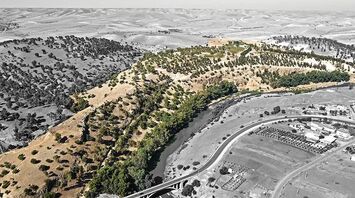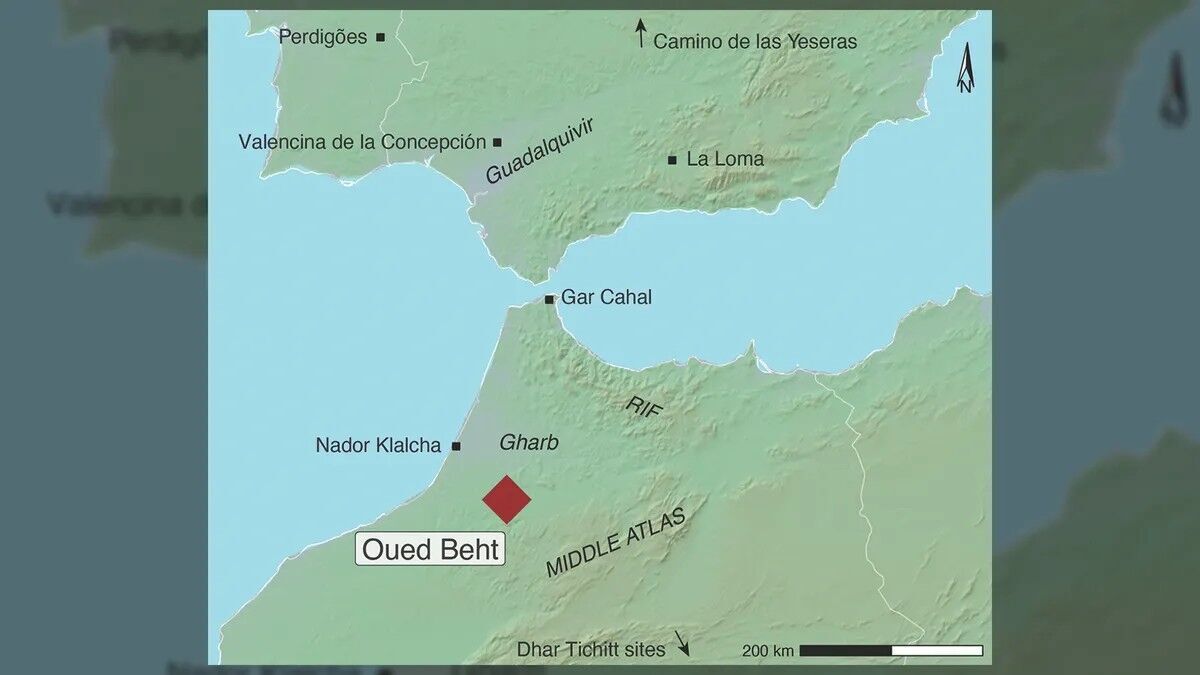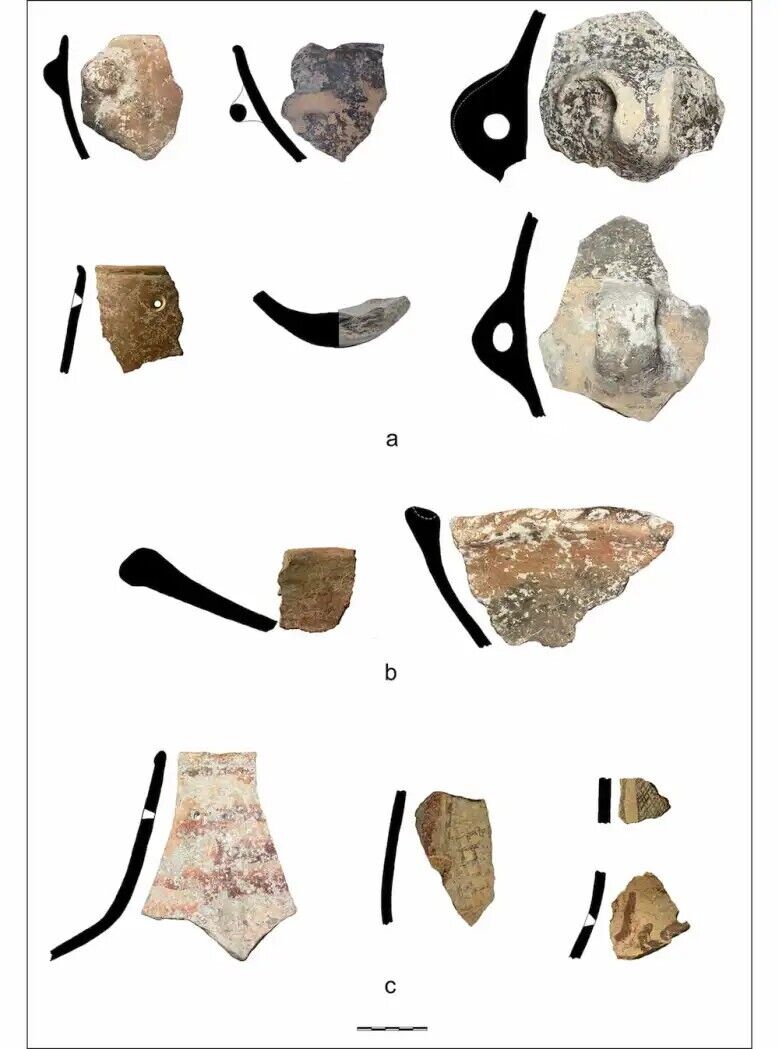Discovery of a 5,000-Year-Old Farming Society Illuminates North Africa's Role in Early Mediterranean Development

Archaeologists in Morocco have unearthed the remains of a 5,000-year-old agricultural society, providing a groundbreaking insight into early North African prehistory. Published in the journal *Antiquity*, this discovery at the Oued Beht site marks the oldest and largest known agricultural complex outside the Nile Valley in Africa. With evidence dating back to 3400-2900 BCE, this sophisticated society challenges the dominant narrative that North Africa at this time was mainly populated by nomadic hunter-gatherers and pastoralists.
Led by an international team including Youssef Bokbot from the National Institute of Archaeological Sciences and Heritage (INSAP), Giulio Lucarini of the Institute of Heritage Sciences at the National Research Council of Italy, and Cyprian Broodbank from the University of Cambridge, the excavation uncovers significant clues about this advanced civilization. The site, initially discovered in the 1930s but overlooked for decades, was revisited with promising findings. Researchers found a plethora of artifacts, including polished stone ax heads and painted pottery shards, indicating the presence of a large agrarian society that likely interacted with contemporary civilizations across the Mediterranean.

Radiocarbon dating of charcoal and seeds revealed the time frame of this settlement, showing evidence of diverse cultural influences. The inhabitants cultivated crops such as barley, wheat, peas, olives, and pistachios, and raised animals like sheep, goats, pigs, and cattle. The discovery of storage pits filled with seeds and animal remains underscores the advanced nature of their agricultural practices. Additionally, the abundance of pottery and stone tools implies active trade with regions as far as the Iberian Peninsula, Egypt, and Mesopotamia.

Further emphasizing the Maghreb’s significance as a cultural hub, the team’s findings suggest that the region was not only a melting pot of Indigenous and foreign influences but also an active player in the broader Mediterranean trade networks during the fourth millennium BCE. The uncovered evidence of agricultural activity and trade items like ostrich eggshells and ivory points toward extensive intercontinental interactions, redefining the role of the Maghreb in early Mediterranean history.
This remarkable discovery repositions North Africa within the extensive narrative of Mediterranean civilization, validating that the previous research gap was due to a lack of exploration rather than absence of prehistoric activity. With Oued Beht delivering compelling evidence of an organized, Neolithic society, it is clear that North Africa contributed significantly to the cultural developments connecting Europe and Africa over 5,000 years ago, emphasizing Africa's integral role in the early interplay of Mediterranean civilizations.
Earlier, SSP wrote that Mars' missing atmosphere might be found in Its clay.



















